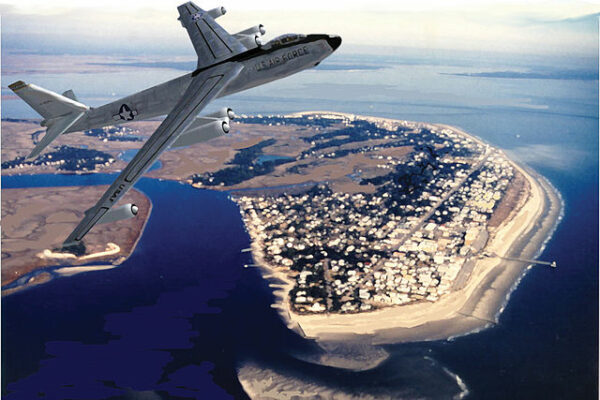On February 5, 1958, the United States Air Force lost a hydrogen bomb, sparking a mystery that has puzzled military officials and historians for decades.
Known as “The Tybee Bomb,” the weapon gained notoriety due to an incident that occurred on February 5, 1958, when a US Air Force B-47 bomber collided with an F-86 fighter jet during a training exercise over Tybee Island, off the coast of Georgia. The collision resulted in the B-47 releasing its payload, the Mark 15 bomb, into the waters near Tybee Island. The bomb was unarmed, meaning it did not contain its nuclear core, but it did have a payload of conventional explosives.
Despite extensive efforts to locate and recover the bomb, it was never found. The missing Tybee Bomb has led to speculation and concern over the years regarding its potential environmental impact and the possibility of a nuclear device lying at the bottom of the Atlantic Ocean. The incident has fueled debates about the safety and security of nuclear weapons, especially in instances where accidents or mishaps could occur.
The Mark 15 bomb itself was a part of the United States’ Cold War-era nuclear arsenal. It was designed to be dropped from strategic bombers and served as both a fission and fusion bomb. While the Tybee Bomb incident did not result in a nuclear detonation, it highlighted the risks associated with the storage and transportation of such powerful weapons. The legacy of the Tybee Bomb lives on in discussions about nuclear weapons safety, accidents, and the need for responsible management of America’s most destructive arsenal.






